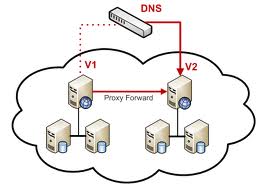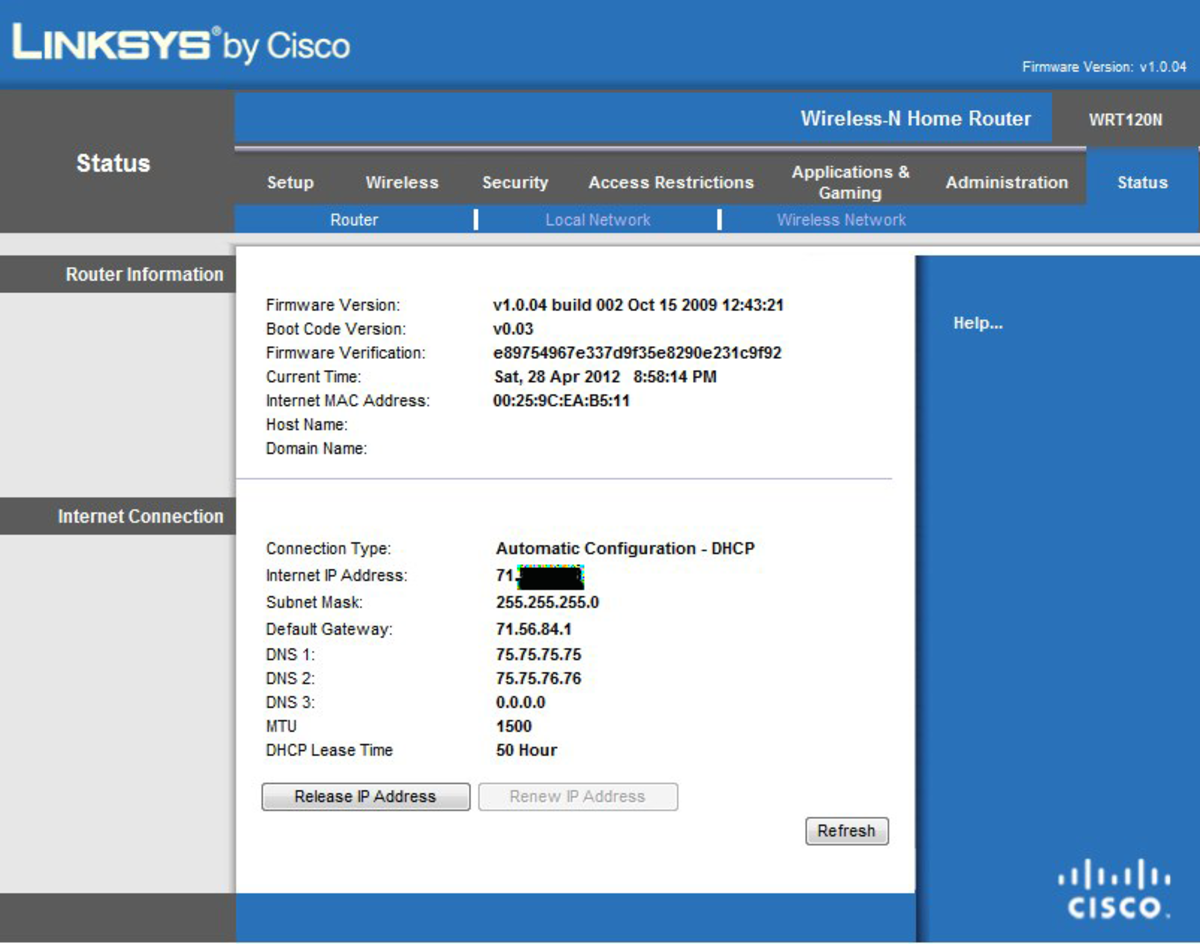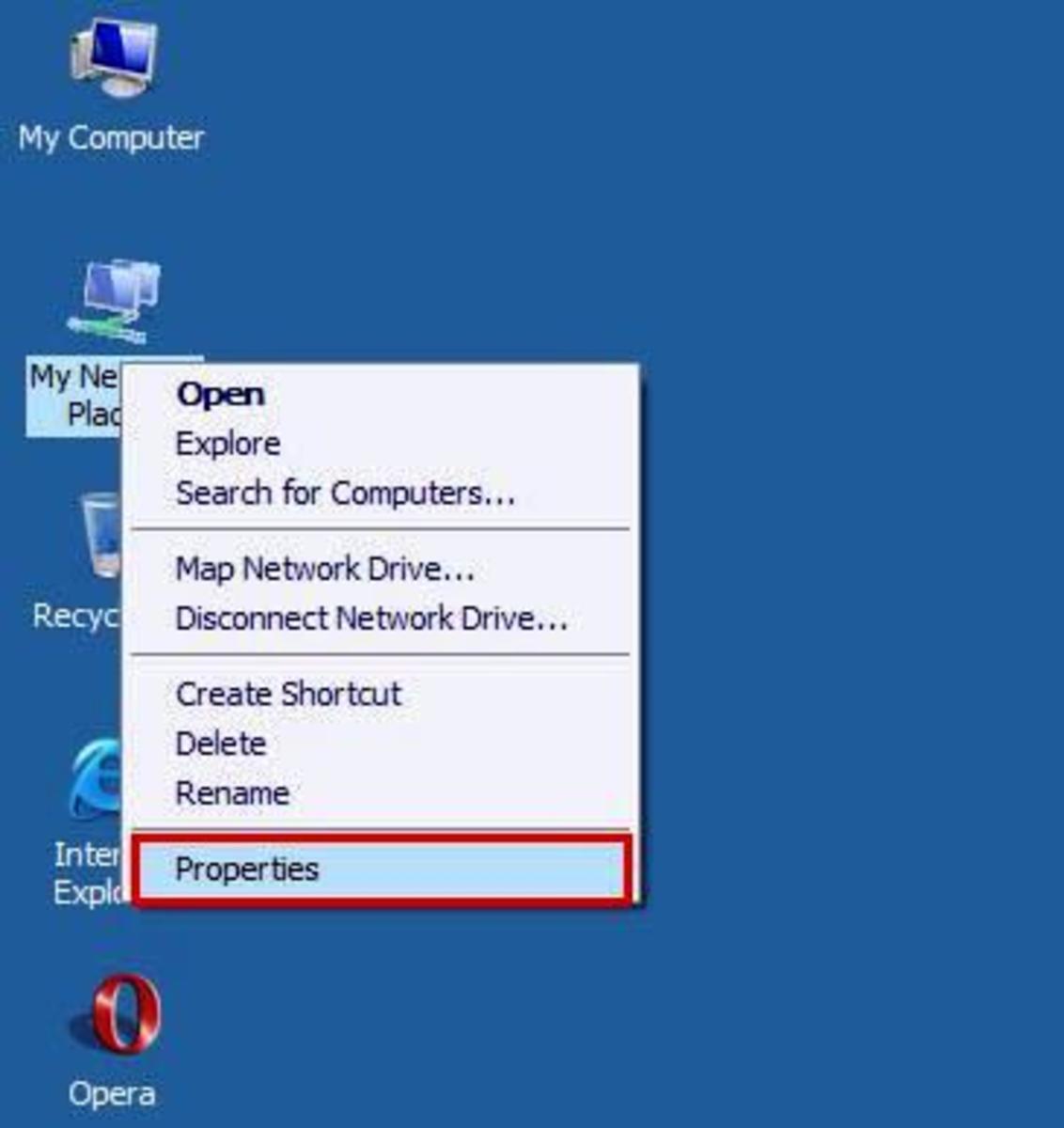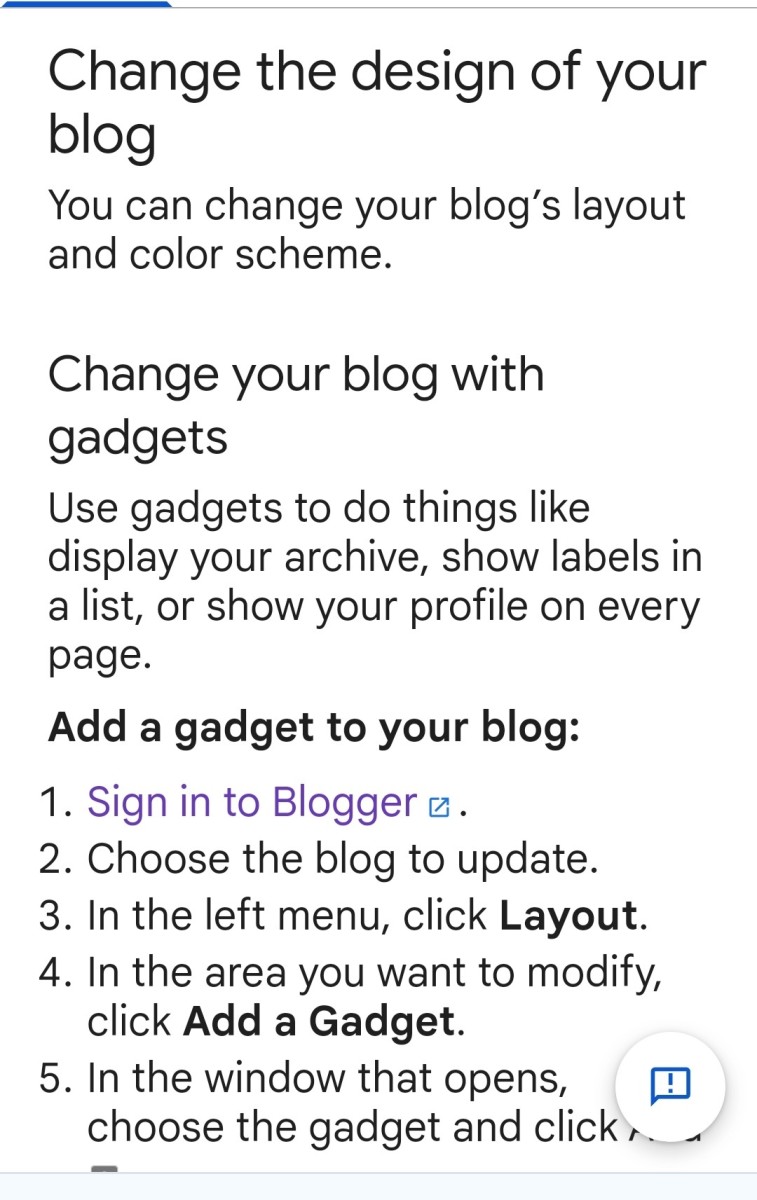What is a Domain Name System?

Ever heard the network support staff talk inexplicable stuff that was punctuated with an occasional DNS this or DNS that? Let’s try to decode what they were saying when they said DNS. So what the heck is a DNS (Domain Name System/Server)? Well, it is a protocol that defines how your computer communicates on the internet and on a private network. Of course there are many other protocols involved in the infrastructure but let’s consider them irrelevant for the purpose of this hub. We just want to know what a Domain Name System is.
The principal function of the domain name system is to map the user friendly domain names to their respective IP addresses. IP is the abbreviation for Internet Protocol. I know, I promised not to mention other protocols but I can’t think of any other way to describe DNS without mentioning IP. When you register a domain name, all you will see is a good name like hubpages.com. That’s what a domain name is generally speaking. But in real sense, the domain name is actually identified by a set of four numbers separated by periods. For instance, hubpages.com is actually 66.211.109. 131. That is called an IP address. You can actually access websites by typing their IP addresses in the address bar. (However, some firewalls block accessing websites via IP so it might not work). It would be impossible for us to remember all those numbers so the good guys helped us. We just type the word version of the IP, what we call the domain name.
When you enter a domain name in the address bar, the Domain Name System will resolve it to its relevant IP address. Let’s use the analogy of a cell phone. When you want to call someone, you go to your address book, search for his name, and call. When was the last time you dialed the number from memory? Of course it will still work but you rarely do that. Why cram numbers in your head when you can simply go to the address book right? Well, that’s how the domain name system works. When you want to access a website, the domain name system is like your address book. It fetches the website for you by translating the domain name you type into the respective IP address. The web servers will only understand the IP address language- and you will probably not. So the DNS becomes like an interface between you and the web servers. Thank goodness!
So does that mean that you can bypass the interface? Absolutely! When you enter the IP address in the address bar instead of using the domain name, the Domain Name System will have no function. So you will have bypassed it. But why go to the trouble? Well, there are many scenarios including illegally accessing blocked websites. But I won’t advise you to do illegal things. But i know if you are really curious, you are probably asking, “How do I know the IP of a website?”
I am glad you asked. There are many tools you can use but let me share the best two. The first is
www.whoisc.com. Just enter the domain name
and hit enter. Once you get the results, click on the server stats tab and you
should see the Ip address of the domain. The second way is to use MsDos. Just click
on start>run and type cmd then hit the return key. You will be redirected
to the command prompt. Now enter the command ping www.domainname.com -t then press enter. That will reveal the domain
IP. You are almost a geek now. You can thank me by voting the hub up :)
Related Hubs
- How to choose a domain name for your website or blog
Choosing a domain name is like naming your newborn baby. You don’t want to give your baby a name that will raise eyebrows, or one that he/she will immediately abandon as soon as he gets out of the diapers. I have purposefully used this analogy to und - why getting a .com domain for your blog is a good idea
Want to create a blog? Easier than ABC! Just go to blogger or word press and a few clicks later, you will have your own blog up and running and without paying any web designer too. But before you get excited, listen to my brotherly advice first.Build - step by step guide to domain name registration
You need to register your own domain instead of leaving that to someone else. Even if you want to hire a web designer to develop your website, you can still register the domain and give him the passwords. That way, you are less exposed to the threat - How to create a subdomain
A sub domain is a domain that seats on another domain. Just think of it is a folder stored in the root folder of your domain. For instance, if I had a folder called blog stored on the root of my domain name, let’s call the domain mydomainname.com, th - What to do if your domain expired and was registered by someone else
The other day, I got a very interesting email. James had a problem. He had once registered a domain name and then he got broke and thought it was not cost effective to renew his domain; Happens all the time. But that was not the reason for the email.








